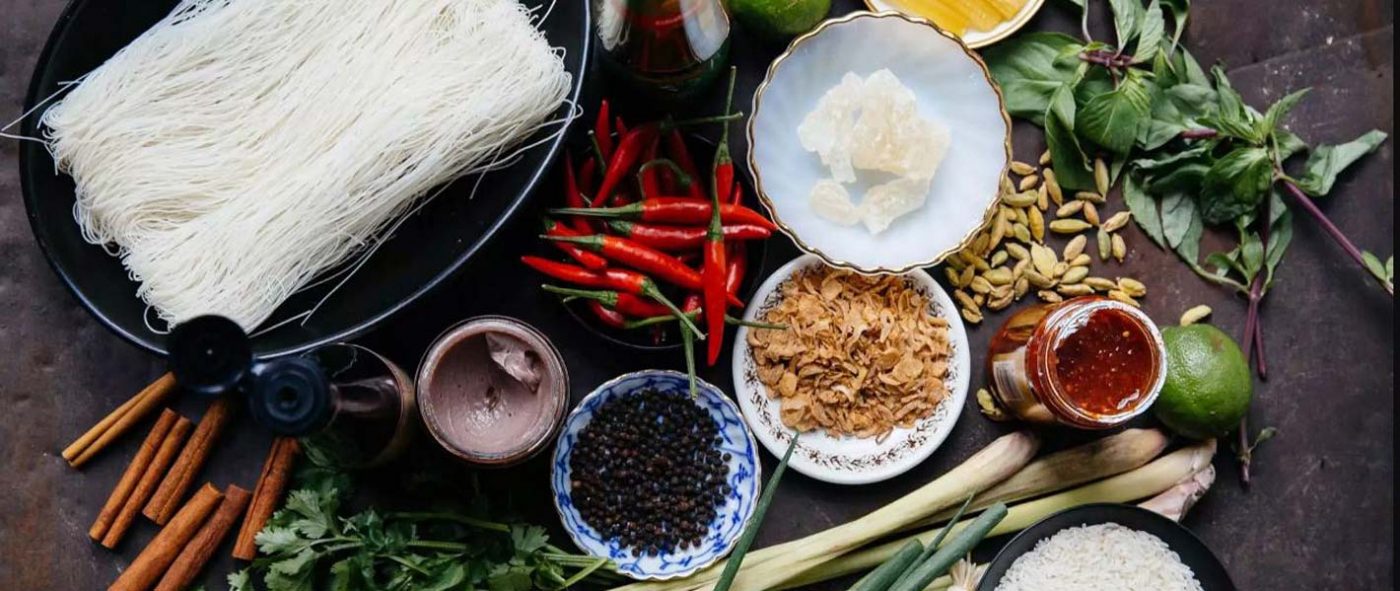News
FIVE INDISPENSABLE VIETNAMESE INGREDIENTS
As in other Southeast Asian countries, the amazing diversity of regional cuisines in Vietnam depend greatly on the different flavours used in each location. Vietnamese cooks use a lot of fresh spices, herbs and locally grown vegetables. As the climate, soil and culinary customs change throughout the country, the additives also vary. However, here are five of the most ubiquitous and essential ingredients that you can use to make a proper Vietnamese meal at home.
1. Scallion
Scallion (hành lá), also known as spring onion or green onion, has tubular green leaves that can be chopped and added to soups, noodles, porridges, and stir-fries during the last cooking stage, or as a garnish. However, some Vietnamese people don’t like it in their phở.
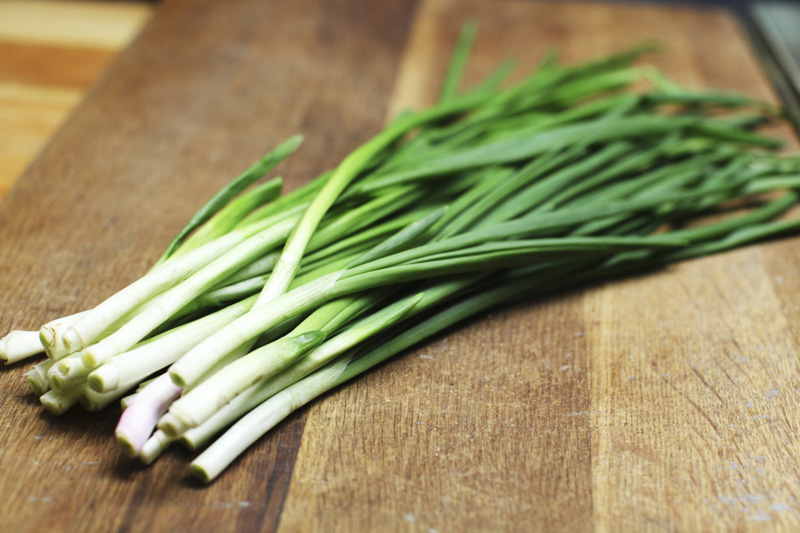
Image source: photos.demandstudios.com
Scallion pairs well with tomato-based broths and sauces. Chopped scallions can also be mixed into omelettes and meatballs.
Scallion oil (mỡ hành), which is chopped
scallions lightly cooked in vegetable oil, is found in dishes such as cơm tấm and bánh hỏi in Central and Southern parts of Vietnam
Video: Scallion oil
Video source: RunAwayRice
The small white bulbs of spring onions are traditionally pickled to serve during Tet in the North, while in the South, pickled Chinese onions (kiệu) are more common.
2. Shallot
Shallots (hành tím) refer to small onion bulbs, often red or purple in color, that are used in a similar way to garlic in stir-fries, stews and soups. They can be sliced or finely chopped, and used to flavour marinades before cooking, or fried with oil before adding other ingredients to the pan.
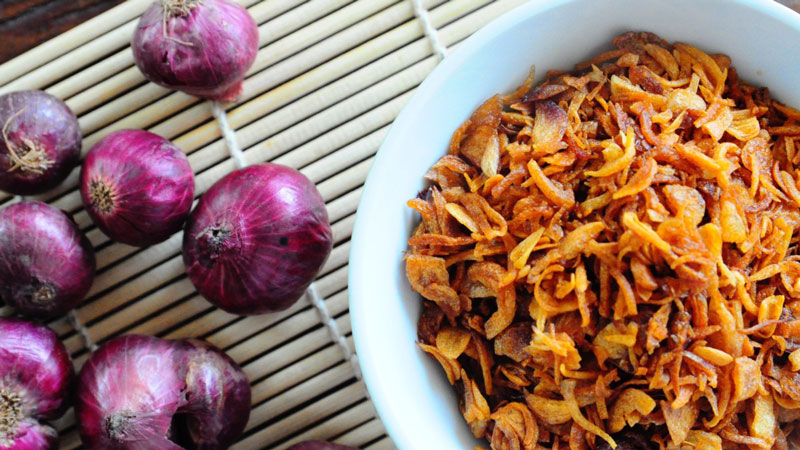
Image source: huangkitchen.com
Crispy fried shallots (hành phi), made from sliced shallots deep-fried until golden brown, are also a favorite garnish for noodles, porridges, sticky rice, fried rice, and steamed rice rolls.
Video: How to make crispy fried shallots
Video source: Van’s Kitchen | Vietnamese Home Cooking
3. Garlic
Garlic (tỏi) is an essential ingredient in the Vietnamese pantry, often accompanied by chili (ớt). Chopped garlic and chili are used in the versatile Vietnamese dipping sauce, nước chấm.
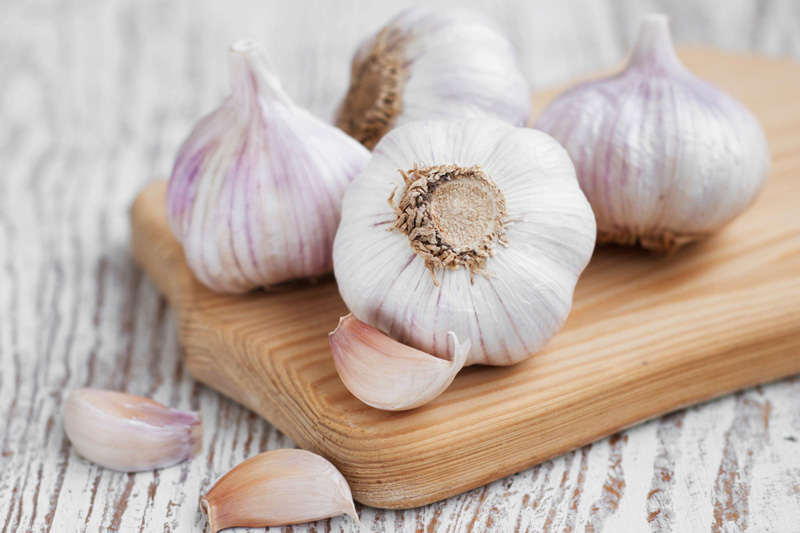
Image source: apnapunjabinusa.com
Garlic and chili can also be pickled in vinegar to make a type of condiment called giấm tỏi ớt, which is often added to noodles before serving.
Video: How to make Vietnamese chili garlic fish sauce
Video source: Cooky TV
Garlic can be added to stir-fried vegetables to bring out a distinct taste in the originally bland vegetables. This recipe is common in Vietnamese cuisine, as well as Chinese and Thai cuisines. The aroma of garlic also complements different types of meat when stir-fried, especially beef.
4. Lemongrass
Lemongrass (sả) is another herb that can be paired with chili, more commonly in Southern Vietnam.
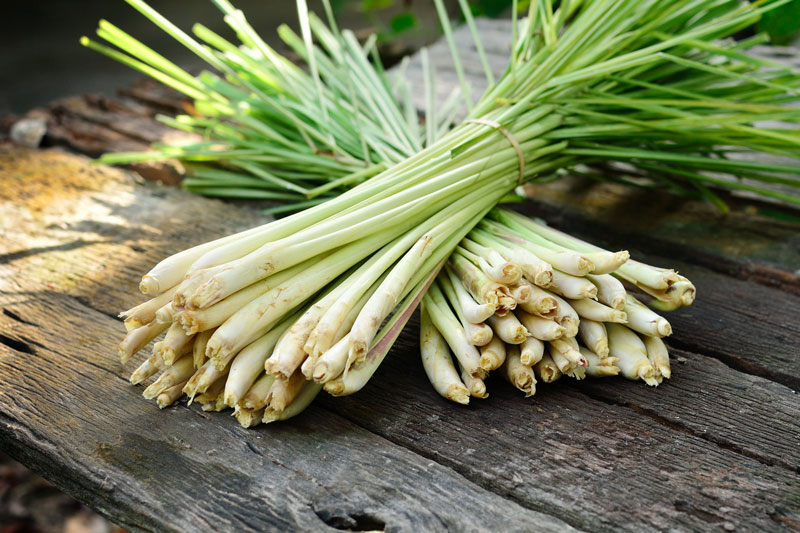
Image source: images.wagwalkingweb.com
It has a citrus scent, resembling that of lemons, though much stronger. It can be used to marinate stir-fried beef, grilled pork, fried chicken and everything in between. For these dishes, the lemongrass stem is finely chopped and mixed well with the meat before cooking.
Video: Vietnamese beef noodle salad
Video source: Honeysuckle
Lemongrass can also be used to enhance the flavor of fish soup (canh chua), beef noodle soup (bún bò Huế), or added to steamed seafood dishes; its strong aroma helps subdue the smell of fresh seafood.
5. Chili
Chili is one of the oldest and most widely used spices in the world, dating back to 7500 BCE on the American continent, then spreading to European countries, such as Portugal and eventually Asia, through ancient trade routes.
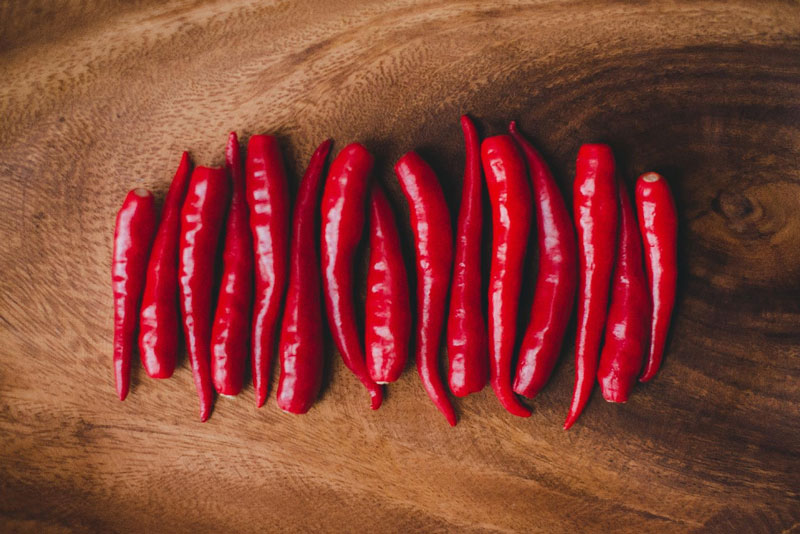
Image source: ariesfresh.com
In Vietnam, chili comes in many forms, freshly chopped chili, dried chili, chili powder or flakes, chili oil, and chili sauce. Central and Southern cooks use more chillies than their Northern neighbours, but in the North chilies are still available as an optional condiment for serving.
Chillies not only add an addictive, spicy taste to any dish, they also add a bright-red color that pairs nicely with green scallion, white garlic or yellow lemongrass. Chili powder is probably the most convenient way to use chili in cooking and garnishing, and it is also the least spicy.
Source: citypassguide.com
The post FIVE INDISPENSABLE VIETNAMESE INGREDIENTS appeared first on Vietnamese Food Lovers.
Source link
Brought to you by Vietnam Visa Letter | Voavietnam.net – Trustworthy Vietnam Visa Agency

